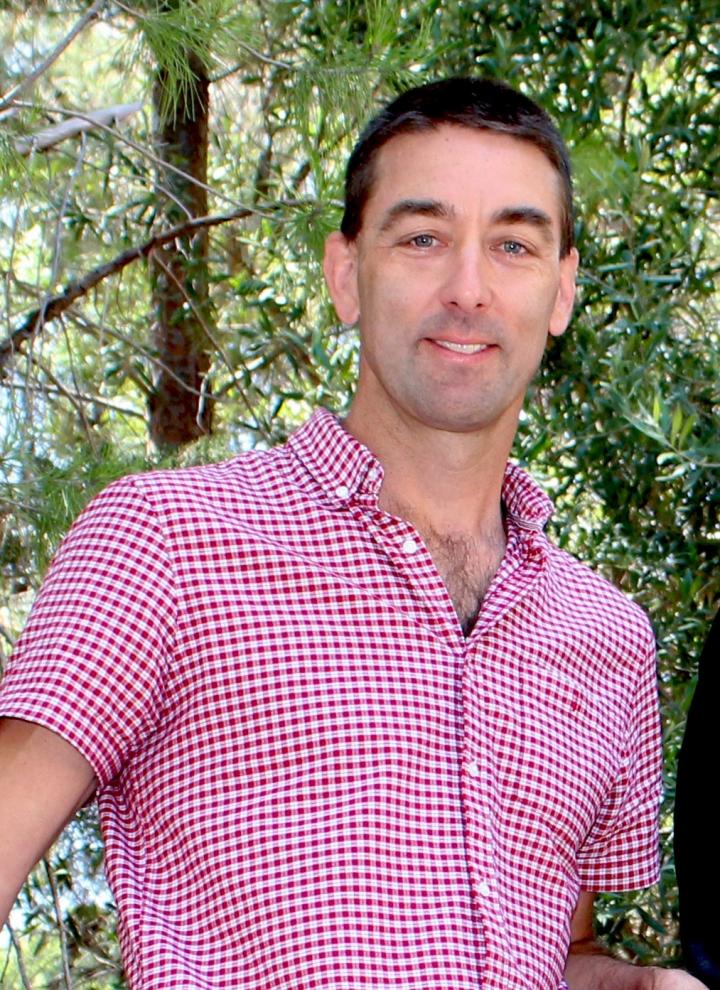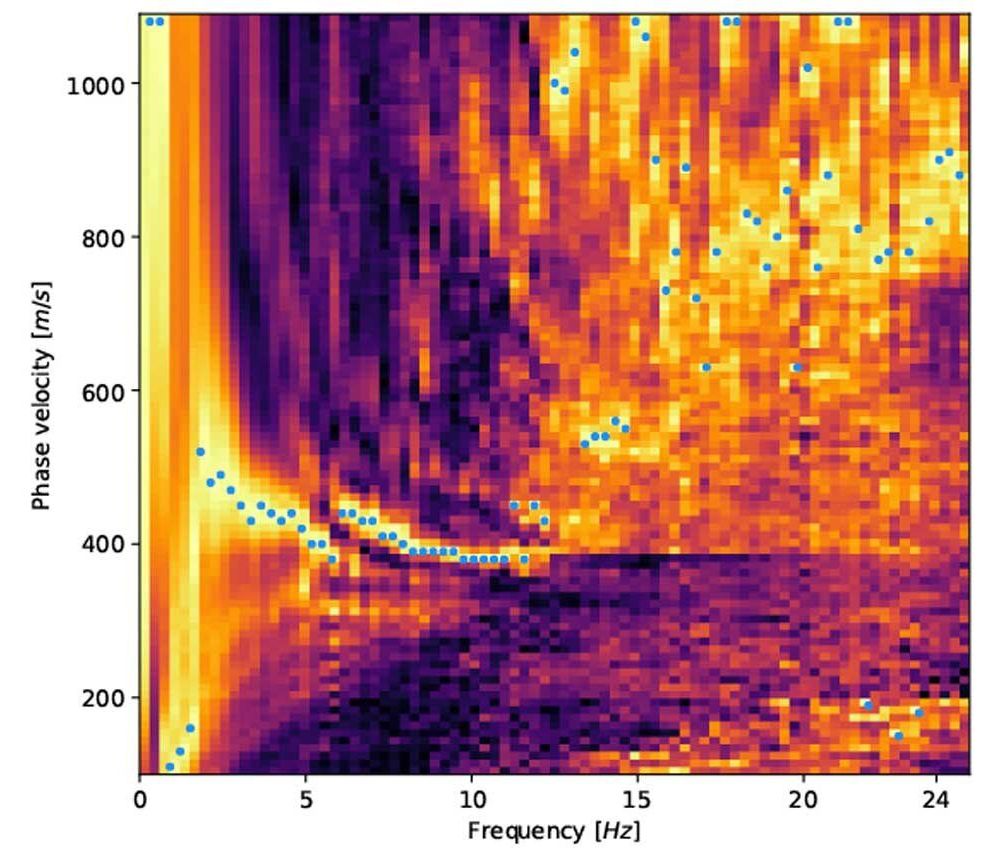Cancer is one of humanity’s leading killers, and the main reason for that is it’s often hard to detect until it’s too late. But that might be about to change. Researchers have developed a new type of AI-powered blood test that can accurately detect over 50 different types of cancer and even identify where it is in the body.
There are just so many types of cancer that it’s virtually impossible to keep an eye out for all of them through routine tests. Instead, the disease usually isn’t detected until doctors begin specifically looking for it, after a patient experiences symptoms. And in many cases, by then it can be too late.
Ideally, there would be a routine test patients can undergo that would flag any type of cancer that may be budding in the body, giving treatment the best shot of being successful. And that’s just what the new study is working towards.









